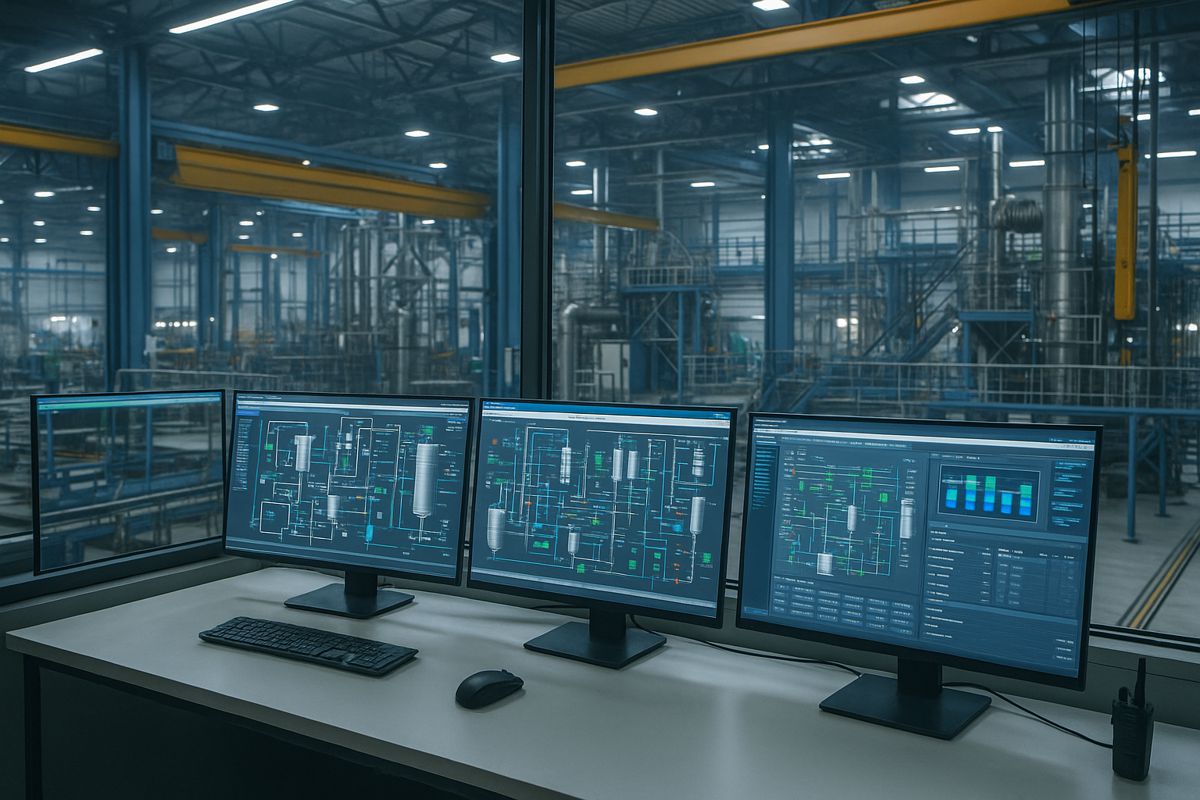Revolutionizing Chemistry with AI-Powered Modelling of Transition States
In the dynamic world of chemical reactions, understanding the fleeting moment of transition states – the ‘point of no return’ in a reaction – has long been a Herculean task for chemists and researchers. However, a team of MIT scientists, led by the visionary Heather Kulik, Associate Professor of Chemistry and Chemical Engineering, has ushered in a ground-breaking era in this field.
Their AI-driven approach not only promises a leap in computational efficiency but also opens new horizons in developing innovative catalysts and understanding fundamental natural processes.
The Challenge of Capturing Transition States
Transition states, crucial in determining the course of a chemical reaction, occur when molecules reach a critical energy threshold. Their brief existence makes direct experimental observation a near-impossible feat. Traditionally, chemists have relied on quantum chemistry methods, like density functional theory, to predict these states. However, these methods demand substantial computing resources and time, often stretching to days for a single calculation.
This is where the MIT team’s breakthrough comes in. Using machine learning, they’ve devised a model that can rapidly, within mere seconds, predict the structure of these elusive states.
Redefining Computational Chemistry with AI
The model, described in a recent publication in Nature Computational Science, represents a significant shift from traditional quantum methods to a machine learning-based approach. It overcomes a major limitation of existing models – the need to treat reactants as a single entity maintaining a fixed orientation relative to each other. The new model, conversely, allows for any arbitrary orientation, enhancing both accuracy and computational efficiency.
Chenru Duan, PhD ’22, the lead author of the study, elaborates on this: “Our model can consider different orientations as part of the same reaction, making the training process not only more accurate but also less computationally intensive.”
Test Results: A Glimpse into the Future
Upon testing with around 1,000 previously unseen reactions, the model demonstrated remarkable accuracy. It could generate multiple potential transition states, with a precision up to 0.08 angstroms, compared to those calculated using traditional quantum methods.
his swift and accurate prediction capability indicates a paradigm shift in how chemists could approach reaction modelling.
Beyond Traditional Boundaries
While the initial focus was on reactions involving smaller compounds, the team has found that the model holds potential for larger molecular systems too.
This versatility paves the way for its application in diverse areas, from pharmaceutical synthesis to understanding primordial chemical processes that may have played a role in the origin of life on Earth.
The Road Ahead: Expanding the Model’s Horizons
The team’s next goal is to incorporate catalysts into their model. This addition could significantly impact the development of new processes for creating pharmaceuticals, fuels, and other crucial compounds.
As Kulik puts it: “We’re not just replacing a part of the quantum chemistry process; we’re potentially redefining it.”
Implications for Industry and Research
This development holds immense promise for various sectors. In pharmaceuticals, it could drastically reduce the time and cost of developing new drugs. In the energy sector, understanding and optimizing reactions for fuel production could be revolutionized.
For policymakers and investors in the construction industry, this technology offers a new tool for developing sustainable materials and processes.
Conclusion: A New Era in Chemical Research
The MIT team’s work represents a significant leap in computational chemistry, with implications far beyond the confines of their laboratory. As we stand at the threshold of this new era, the possibilities are as limitless as they are exciting.
With AI and machine learning continuing to break barriers, the future of chemical research and its application across industries looks brighter than ever.




















